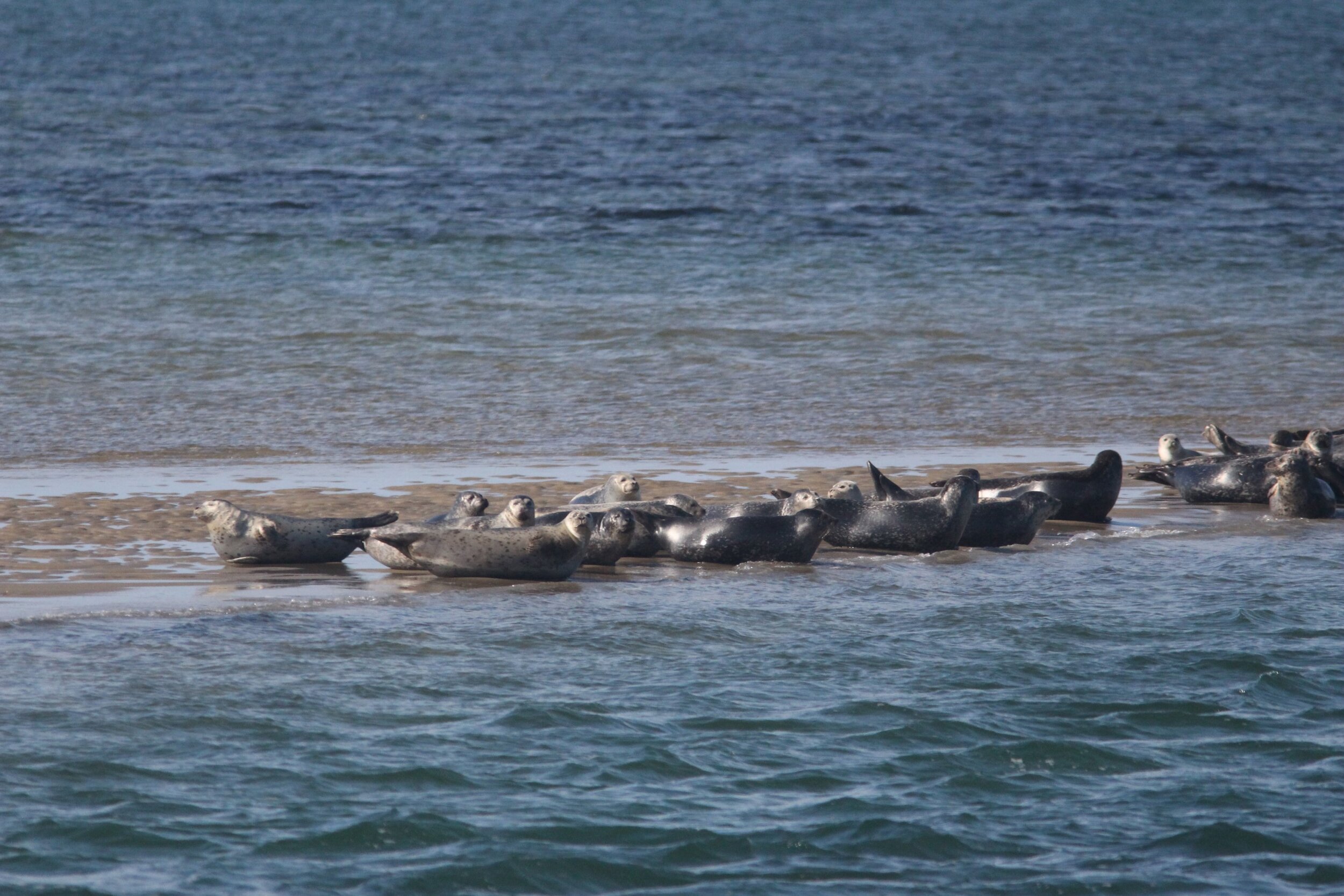Atlantic Marine Conservation Society’s “AMSEAS” staff has conducted aerial, boat, and land-based surveys for marine mammals and sea turtles in New York for decades. This project builds on the existing decades of surveys and increase the frequency of surveys for seals to a year-round, bi-monthly basis. In the last three years, it has been documented that seals are a year-round visitor to the waters around New York. The re-introduction of gray seals to the region in the early 2000s has increased the need to understand how these animals are operating in this ecosystem. Understanding how these animals move throughout the region and how they interact with natural and man-made structures is critical to understanding the impact seals have on the environment and the impacts we have on these animals.
Click through the images below, taken during AMSEAS land-based and vessel-based surveys!



In November 2018, the AMSEAS team completed an aerial survey of haul out sites around Long Island, Connecticut and Rhode Island in support of the Northeast US Pinniped Unusual Mortality Event (UME) investigation. More than 900 harbor and gray seals were observed in Moriches Bay, Shinnecock Bay, Montauk, Fisher’s Island, Little Gull Island, Block Island, and Narragansett Bay. This survey provided a picture of harbor and gray seal migrations and the population status in light of more than 1,400 animals that were responded to in the region since July 2018. Continuing our work to understand the movements and health of these populations, AMSEAS chief scientist Rob DiGiovanni deployed two satellite tags on harbor seals with Marine Mammals of Maine and Mystic Aquarium’s Animal Rescue Clinic.
Track lines of aerial surveys completed by AMSEAS in early 2021, along with the main seal haul-out sites along the New England and New York coastlines.
Gray seals hauled-out at Little Gull Island during one of AMSEAS’ aerial surveys.
This data is critical to understanding the impacts wind energy exploration on the species’ behavior. Preliminary data for a pilot study conducted on gray seal pups by AMSEAS in January of 2019 showed that seals use more of the habitat than previously thought.





